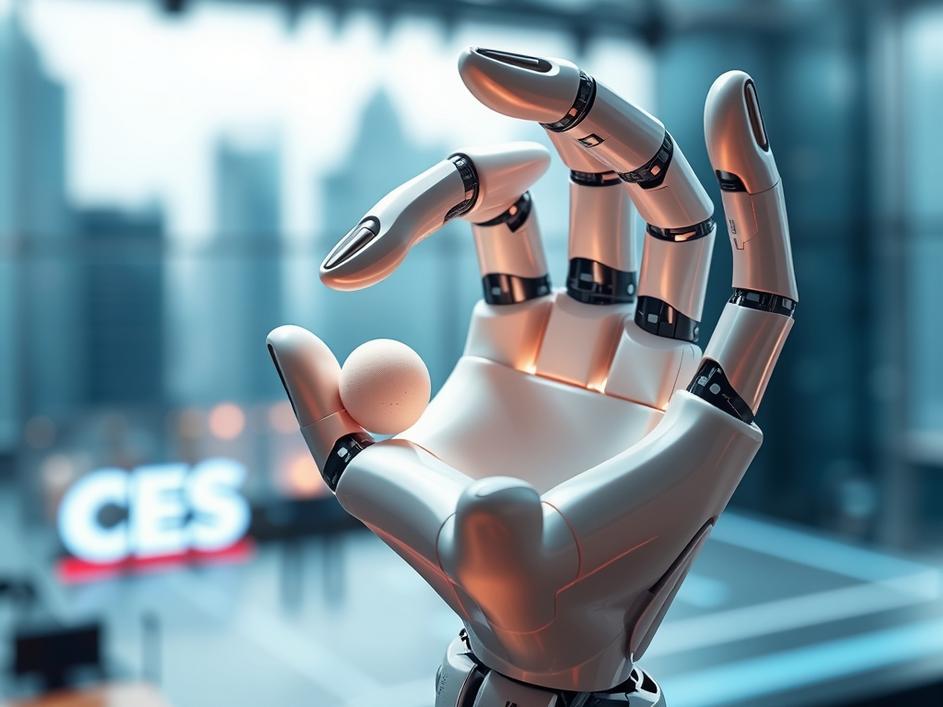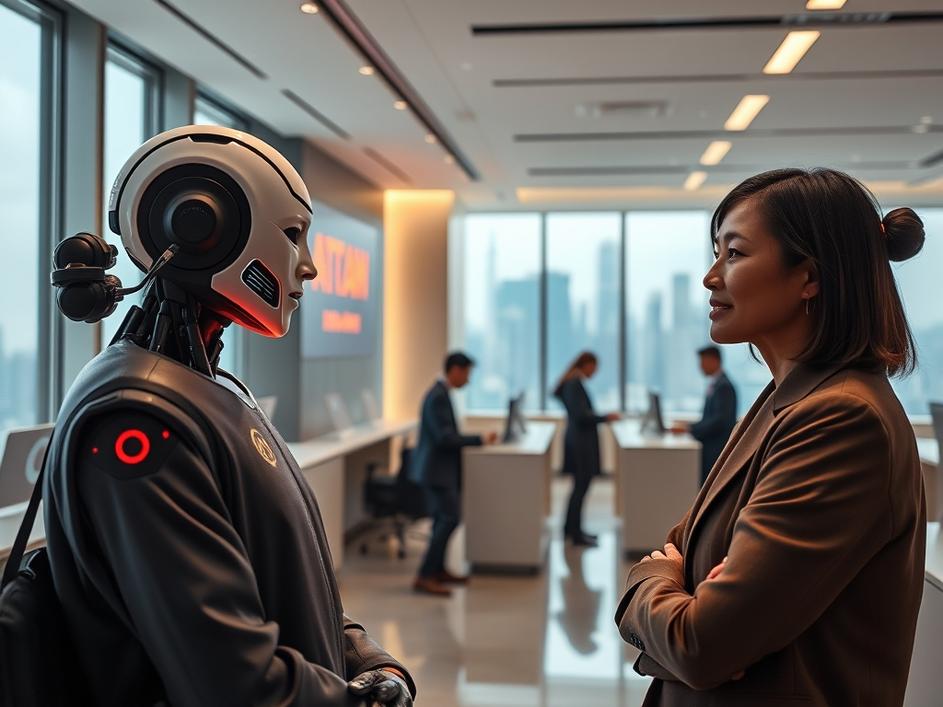


We are a digital agency helping businesses develop immersive, engaging, and user-focused web, app, and software solutions.
2310 Mira Vista Ave
Montrose, CA 91020
2500+ reviews based on client feedback

What's Included?
ToggleThe world of robotics just took a fascinating step forward, thanks to Singapore’s Sharpa. At CES 2026, Sharpa’s unique robotic hand, SharpaWave, has already earned a major Innovation Award. This isn’t just another tech award; it points to a future where machines handle delicate tasks with human-like skill. Imagine a robot not just moving objects, but feeling and adjusting its grip with precision. That’s the core idea behind Sharpa’s creation. Engineers dreamed of versatile robot hands. SharpaWave hints this dream is now closer to widespread reality, marking a critical moment in automation and AI’s physical capabilities.
So, what makes SharpaWave different? It’s all about dexterity – being able to move and handle things skillfully. Most industrial robots excel at repetitive, accurate tasks. But ask them to pick up a fragile egg, screw in a tiny bolt, then gently place soft fabric, and they struggle. SharpaWave changes this. It uses advanced AI to learn and adapt its grip in real-time. It’s like a smart hand that senses what it’s touching, figures out the best way to hold it, and fine-tunes its grip on the fly. This means it can pick up items of different shapes, sizes, and textures without human instruction each time. This adaptability opens many possibilities for robots, moving them beyond simple factory lines into complex environments.
The practical applications for a robotic hand as skilled as SharpaWave are immense. In manufacturing, robots could handle intricate assembly tasks demanding human precision, like small electronics or medical components. This allows people to focus on problem-solving, while robots manage detailed, repetitive work. In healthcare: a robot with this dexterity could assist in delicate surgeries, perform precision lab work, or help with rehabilitation where a gentle, adaptive touch is crucial. Logistics could see big changes, with robots sorting and packing unusually shaped items. Even dangerous jobs could become safer if a SharpaWave-equipped robot performs tasks with human-like care. This ability to manipulate diverse objects addresses a significant bottleneck for automation.
This award for SharpaWave isn’t just clever hardware; it’s a strong signal about AI’s growing power to interact meaningfully with the physical world. For a long time, AI mostly resided within computers, crunching numbers or creating images. But when AI is paired with advanced robotics, it gains an entirely new dimension. Suddenly, these intelligent systems can not only “think” but also “do” tangibly. The SharpaWave shows how sophisticated algorithms control precise physical movement, making critical decisions in real-time based on sensory input. This blend of smart software and mechanical design makes modern robotics compelling. It’s not just a robot performing a task; it’s a robot understanding, adapting, and even learning from its actions. This deep integration is key to moving robots from simple tools to truly intelligent partners.
It’s important to highlight Sharpa’s origins: Singapore. This compact island nation has consistently built itself into a significant hub for technology and innovation. Winning a CES Innovation Award for something as cutting-edge as SharpaWave positions Singapore firmly as a leader in advanced robotics and AI development. This achievement clearly demonstrates that the country’s focus on fostering research, supporting startups, and attracting top talent is yielding impressive results. For Singapore, this isn’t solely about one company’s success; it validates a national strategy to become a deep tech hub, pushing boundaries in fields like robotics and biotechnology. It creates a positive cycle: successful companies attract more talent and investment, fueling further innovation. This award acts as a powerful beacon, signaling that groundbreaking work is flourishing in Singapore.
As we celebrate breakthroughs like SharpaWave, it’s crucial to consider broader implications for society. Highly dexterous robots bring up valid questions about jobs and the future of work. While some might worry about robots replacing human labor, I see SharpaWave as opening new possibilities. These sophisticated tools can free people from dangerous, dirty, or dull jobs, allowing us to focus on creative, strategic, and human-centric roles. New industries and services might even emerge, built around what these advanced robots can achieve. But it also means we need to think carefully about how to prepare our workforce for these shifts, ensuring education and training adapt. The ultimate goal isn’t just cooler robots, but a better, more efficient, and safer world. This involves thoughtfully considering how humans and smart machines will effectively work side-by-side, integrating advanced robotic capabilities into our lives.
Sharpa’s SharpaWave robotic hand, with its CES 2026 Innovation Award, represents more than just remarkable engineering. It’s a powerful symbol of how far we’ve come in teaching machines to interact with the physical world intelligently and adaptably. We are moving beyond predictable robots towards ones possessing remarkable finesse. This isn’t just about factory automation; it’s about creating tools that extend human capabilities, make dangerous tasks safer, and open up new avenues for progress. The journey of robotics is far from complete, but with innovations like SharpaWave leading the way, the future looks incredibly promising. It makes you wonder what intricate tasks robots will perform just a few years from now. This is a moment to watch closely, as these possibilities unfold, promising a future where machines handle the world with unprecedented sensitivity.



Leave a reply